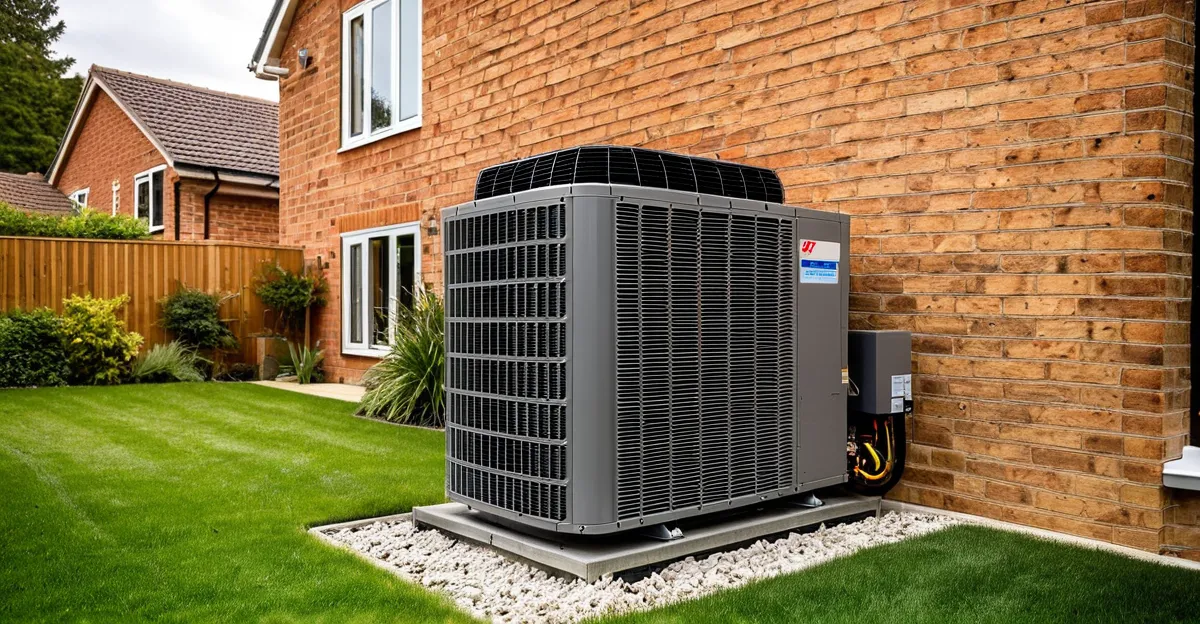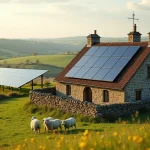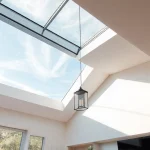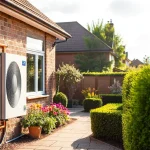Installing an air source heat pump in Surrey offers a practical way to reduce energy bills while maintaining home warmth. Understanding installation steps, costs, and necessary home modifications helps homeowners make informed decisions. Whether considering DIY or professional help, knowing what to expect ensures smooth setup and lasting comfort through efficient, sustainable heating.
Key considerations for efficient and cost-effective air source heat pump installation in Surrey
By working with Heat Pump Installers in Surrey, homeowners gain access to essential expertise for selecting the right system, understanding the installation process, and ensuring optimal heating performance. Air source heat pumps extract ambient heat from outside air to provide efficient home heating and hot water. Installation generally involves choosing between air-to-water and air-to-air systems, fitting both exterior and interior units, and may require upgrades such as larger radiators, a hot water tank, or improved insulation to maximize energy savings.
Also to read : Transform your environment with tailored bespoke rooflights
The typical expense for air source heat pump setup in Surrey ranges from £4,000 to £15,000 in 2025, influenced by property size, system type, and home modifications. Government schemes like the Boiler Upgrade Scheme currently contribute up to £7,500, making a significant difference in budget planning. Costs may increase if additional upgrades—like pipe replacements or underfloor heating—are needed.
Professional installation is vital not only for safety and regulatory compliance but also for grant eligibility and warranty protection. Certified installers handle technical requirements, building regulation checks, and system sizing, ensuring long-term efficiency and peace of mind.
Also read : Upgrade your home with double glazing in bromley
Step-by-step guide to planning, preparing, and installing an air source heat pump
Assessing your home’s suitability
Precision: Assess your property’s insulation quality, existing heating system, and available space for both indoor and outdoor units. Most homes benefit from a well-insulated loft (at least 270mm) and draught-proof windows. The hot water cylinder needed for air-to-water heat pumps typically requires 80cm x 80cm of space. Examine radiator sizes—heat pumps operate at lower temperatures and may require upgrades for efficient heating. Microbore pipework, often found in older homes, can limit performance and may need replacement.
Preparing for installation
System sizing is critical; certified installers calculate your heating demand based on room sizes and insulation levels. Permit requirements are generally minimal in the UK but double-check if your property is listed or in a conservation area. Modifications may include enhanced insulation, pipework adaptation, and the installation of a hot water tank if your current setup lacks one. Always ensure access to grants like the Boiler Upgrade Scheme to help offset installation costs.
The installation process
Expect a timeframe of two to five days, including removal of old boilers and fitting of outdoor and indoor units. Qualified installers, preferably MCS-certified, position the heat pump considering optimal airflow, noise mitigation, and regulatory setbacks from property boundaries. Routine checks—system flushing, electrical connections, and thermostat setup—are performed for maximum efficiency and compliance, ensuring the system delivers consistent comfort year-round.
Maintenance, cost savings, and long-term value of air source heat pump systems
Essential maintenance and servicing routines for long-lasting efficiency and reliability
Annual professional servicing is vital. Technicians check refrigerant levels, clean filters, inspect electrical systems, and ensure optimal performance. DIY maintenance such as clearing debris from the outdoor unit and cleaning indoor filters can support reliability and performance between annual visits. These routines keep energy efficiency high and help catch minor issues before they become costly repairs.
Calculating and maximising energy savings, including integration with renewables
Heat pumps typically run more efficiently than gas or oil boilers, especially in well-insulated homes. Use energy efficiency calculators to estimate monthly running costs and potential savings. Combining a heat pump with renewable sources, such as solar panels, can further lower bills and environmental impact. With typical savings reaching up to £1,200 annually, homeowners often recoup installation costs in 6 to 12 years, especially with grant support.
Monitoring performance, securing warranties, and understanding impact
Remote monitoring and smart controls allow regular checks of system performance, making it easier to spot issues early. Maintain your installation warranty by keeping up with required servicing. Over time, efficient heat pump operation reduces your home’s carbon footprint and may enhance property value, appealing to eco-conscious buyers in 2025 and beyond.











